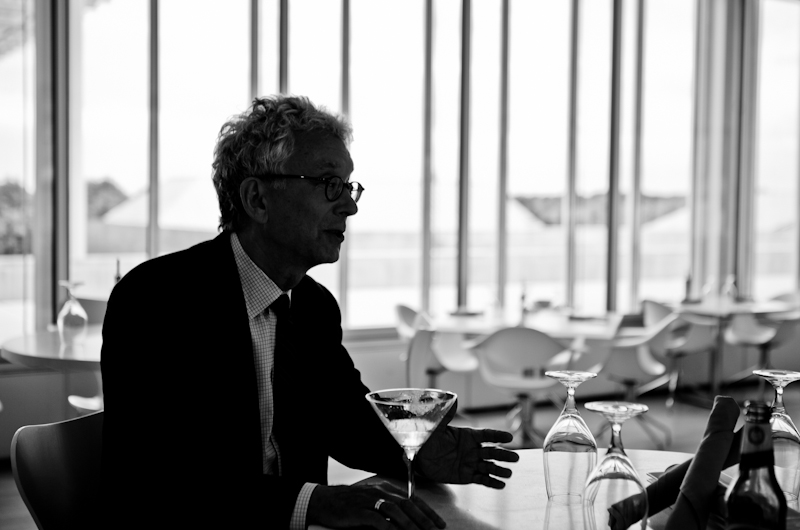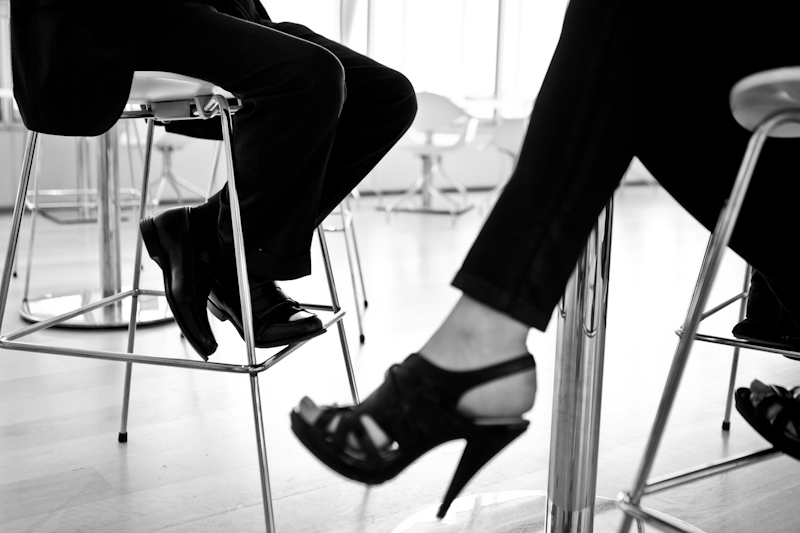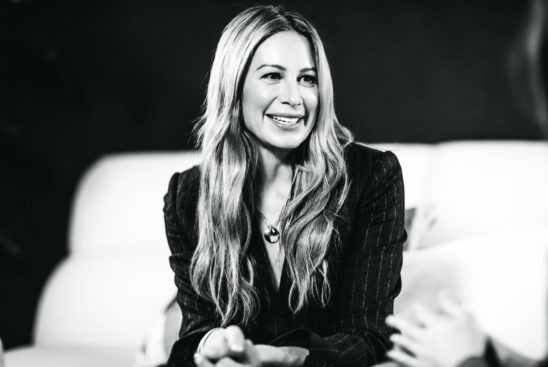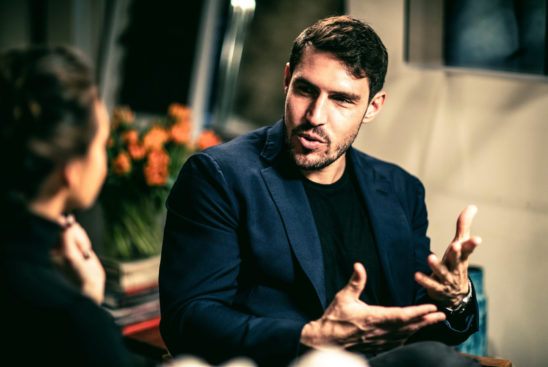When did you first discover you had a passion for art?
When I was 14 years old I went to my first Van Gogh exhibition and there was one picture that stopped me in my tracks. It was a picture he did the first spring he was in Arles when he had gone to the South of France to escape Paris and get away from the liquor and loose-living. It was of flowering peach trees in bloom and when I saw it I just thought, “Wow.” It was February at the time and in Montreal where I grew up spring really meant something after a Canadian winter. What really astounded me was that this was not just a painting that represented spring, it actually conveyed the excitement and the promise of spring. I don’t know if I could have said it that way at the time but I didn’t just see spring, I could smell spring, I could feel spring. That was a real turning point for me but I didn’t realize for many years how much of a turning point it actually was.
After 28 years as a leading curator at the Art Institute of Chicago you were named its president and director in 2011. Was this always a part of your plan?
The thing is you can’t plan a career. You can have your ideal scenario and sometimes it works out but many times it doesn’t work out so in certain ways I wasn’t as strategic as I might have been had I planned to become director. When I came to the Art Institute 28 years ago I loved it. It was a great museum, particularly in the 19th-century Impressionism which was the area I worked in. It’s wonderful to work at a great museum and have the ability to build on the greatness so what could have been a strategic move, I never really wanted to do. In other words, maybe it would have been more strategic to leave the Art Institute and go to another institution and come back when they were looking for a director but I never thought that would be worth my while. I thought, “Why would I leave a place I loved in order to go someplace that I loved less just to hope that one day I might be called back?” That’s why I never did it, so to be promoted having not done that was thrilling. I’ve been here for a long time and having known the place so well it’s wonderful to see it from a slightly different perspective. All of the ideas that one has had over the years can now be put fully into play. I have a new canvas, it’s wonderful!
When creating exhibitions in collaboration with different museums from around the world, is there competition between the institutes? What is the process of bringing an exhibition idea to life?
There is this sort of friendly competition but there’s a lot of great partnerships. I mean, we could not do an exhibition like were doing on impressionism and fashion if we didn’t have the reputation, the network and the partnerships. When [the Art Institute’s senior curator] Gloria [Groom] and I had this idea for the show we went to Paris to go to dinner with the Director of the Musée d’Orsay [Guy Cogeval] and said, “We have this idea for a show. It would be about fashion and impressionists,” and before we even went on to explain he said, “We’ll take it!” That’s because he recognized that it was a good idea but also he trusts us as people who come up with ideas for exhibitions. Another friend of ours [Gary Tinterow] just became Director of [the Museum of Fine Arts] in Houston. We had lunch with him the next day and said, “We have this idea and Guy is in, are you?” and right away he said yes. Those sorts of things don’t happen that quickly unless you have a long relationship of collaboration and trust and mutual respect so it’s very nice.

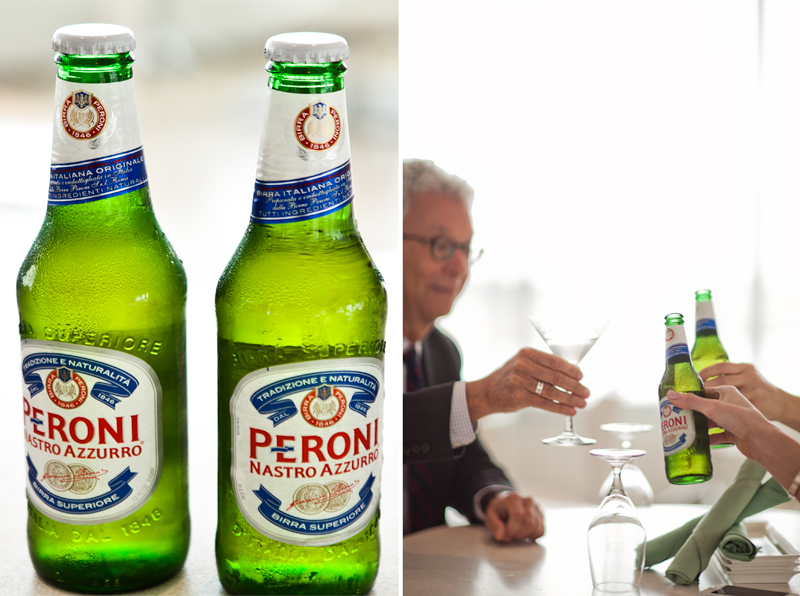
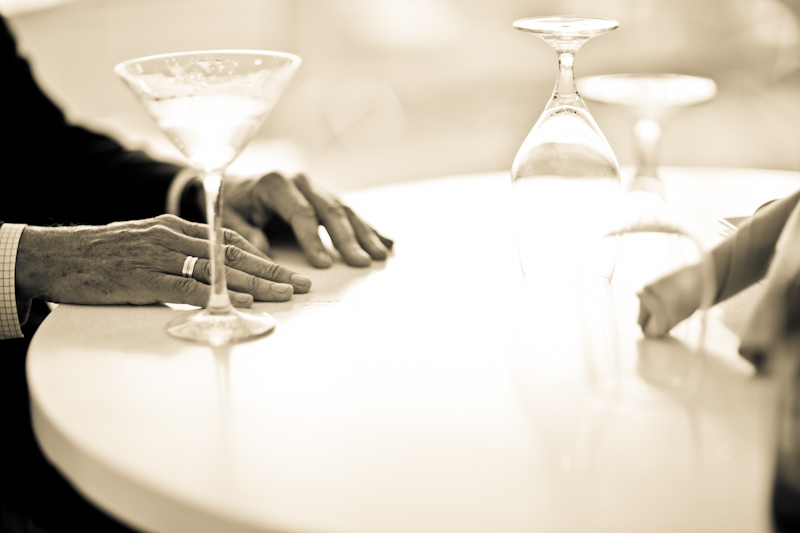
Are you a collector of art yourself?
When I was a student and living in Paris doing my graduate work I would go out and buy prints for 50 francs or 10 bucks each; maybe a big, big deal would have been a $200 print. When I started working for a museum it became a conflict because if I found something that was a bargain it would go to the museum. Collecting can be a real passion and even an addiction but for me that passion and addiction always got transferred to the institution I was working with. People say, “Your walls must be filled with works of art,” but in fact when I go home I like to see less. The less I see on the wall the better. It’s also due to the fact that the things I like—drawings, prints, works on paper—are very susceptible to light so you have to keep the shades down to ensure that they don’t die too young. Occasionally I’ll acquire ceramics, ceramics are indestructible by light so that works but I like to go home and have a very clean environment.
Do you have any talents when it comes to creating art of your own?
Absolutely not. I have a real lack of hand skill. When I was at Oberlin [College] in order to get your masters in art history you had to take one studio course and I remember I developed something to get through it. I would just color pieces of tape and stretch them across a canvas. It wasn’t very interesting but I didn’t have to reveal my lack of hand skill. People came running in to see it because they thought it was interesting but then for the second project I did exactly the same thing. [Laughs] For a while I played the piano but I can listen critically and when you listen critically to yourself and you’re not good enough, it’s not so much fun. I’ve developed an eye and it’s about comparing and contrasting and being able to recognize what is really great. It is a skill but I can be very critical of works of art. That’s my job; to figure out what’s good and what’s great, what’s not so good, what we should buy and what we should not buy so even if I could draw that part of me would be inhibiting.
Of all the artists you’ve studied, who has had the biggest impact on you?
It changes over time. It’s like when you remember something that you used to love to eat when you were 20, it’s not necessarily what you want to eat when you’re 30. Tastes change. I first went to Italy when I was 17 and I remember going to the Uffizi Gallery—which wasn’t as crowded then as it is now, it’s almost impossible now—and there was this picture by [Sandro] Botticelli “The Birth of Venus” which is a great, great picture. When I was going school it was what all the undergraduates wanted to have on their walls so that was my idea of great art. It still is great art but it’s not what appeals to me most now. I worked in 19th-century art so I’ve worked with artists like [Claude] Monet, [Édouard] Manet, all of these wonderful painters but it also depends on how well you get to know somebody. I worked with one artist who was sort of second-tier; he knew all of the great guys, he was pretty great but he never became the great guy himself. His name was Henri Fantin-Latour, he was a friend of Manet and Monet and [Pierre-Auguste] Renoir when they were all starting out. I did a dissertation on him because when you’re doing something like that you’re looking to do something that no one else has done. No one else had touched this artist for 50 years and I had met someone who had his letters, hundreds of letters, so I was able to get to know the artist from the inside out and that’s always fascinating. When you can read what the artist wrote to his best friend, what he was struggling with and what his money problems were, you start identifying and you get involved in the narrative.

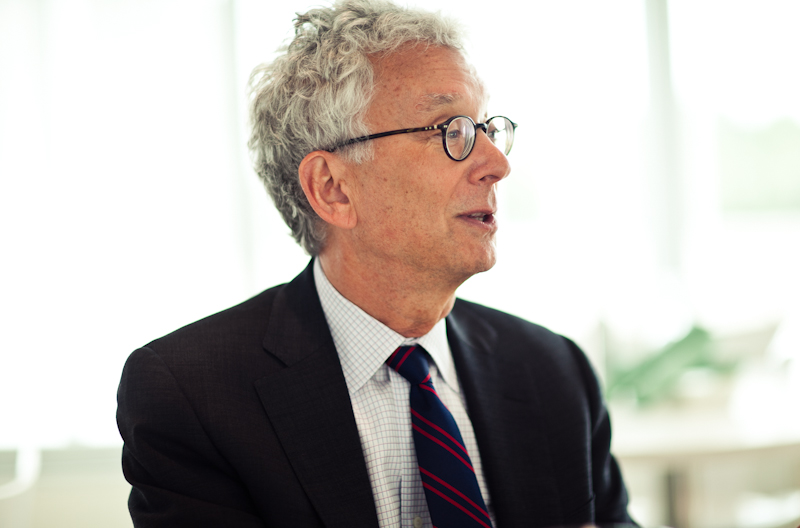
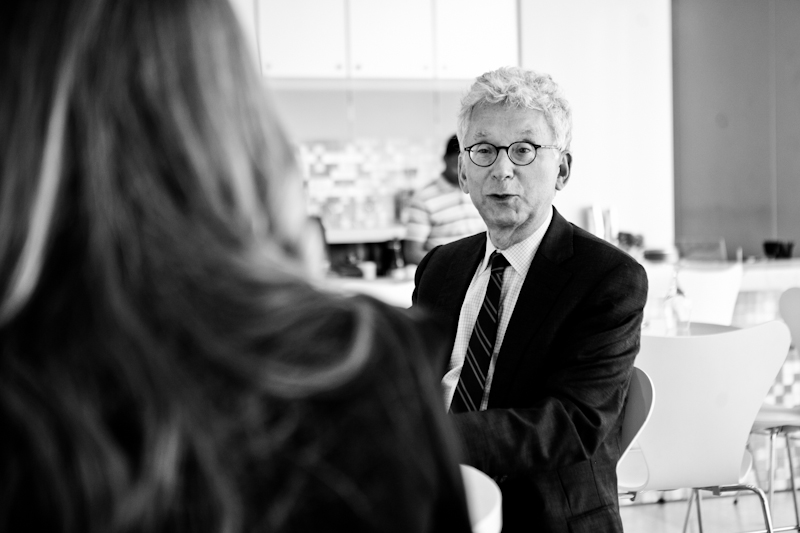
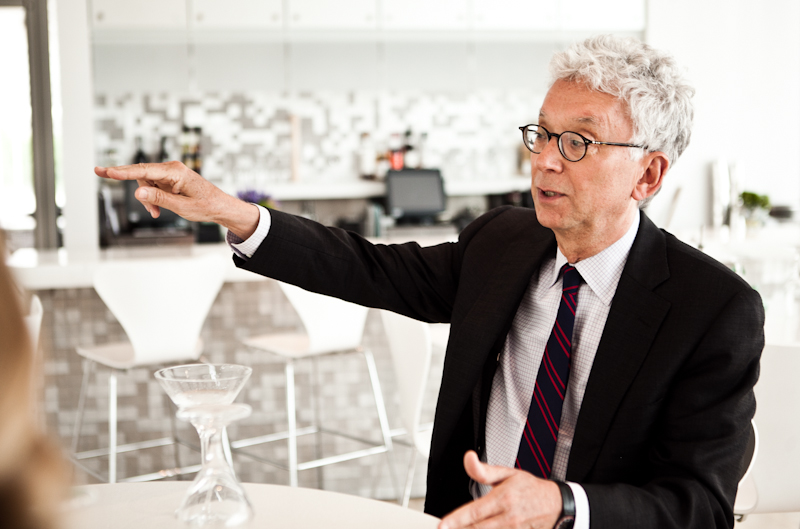
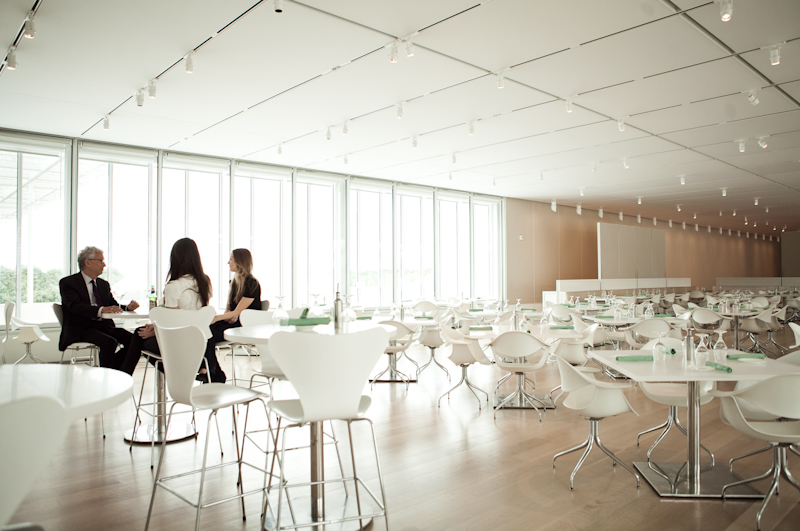
Tell us what your typical day is like.
Today I woke up at 5 a.m. and ran out to Starbucks, which I can’t start the day without Starbucks.
What’s your order?
Double decaf short skim latte, extra hot! Then I went home, read the paper ’til 6:30, got in the car and went to the trainer and worked out for an hour. I got back home and did emails then got to the museum about 9:30 a.m. for a 10 o’ clock meeting. Then I had an 11 o’ clock committee lunch meeting and more meetings, meetings, meetings and this interview. Now I’m going back and talking to a trustee about future projects before our opening this evening where I will say a few words. It’s a long day but yesterday was only from 7 to 10:30 a.m. because often I write throughout the day then go home to get a quick shave in before going to drinks and dinner.
What neighborhood do you live in?
I live in Lakeview, just south of Belmont on Sheridan.
Where can we find you for a night out in the city?
My favorite restaurants keep changing. Right now I have two favorites for slightly different reasons. I like the energy and the food at the Pump Room. I love that they have a great dessert, the salted caramel ice cream with chocolate sauce and popcorn. It’s fabulous, I love the sweet and the saltiness. Acadia on South Wabash is another restaurant I like very much, it’s quiet and great. Sometimes when I go to restaurants I go with people who are from Europe so English is not their language or I’m trying to make do in French and I have to listen carefully so for some of those things I like to do quiet restaurants.
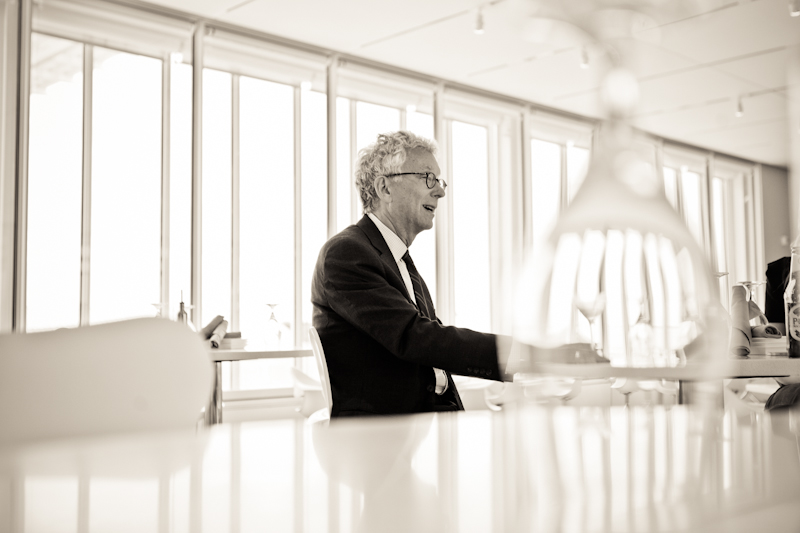
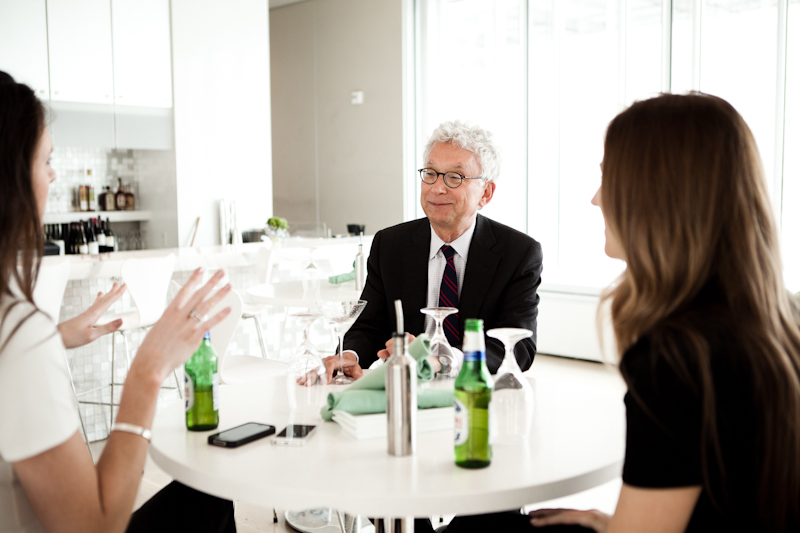
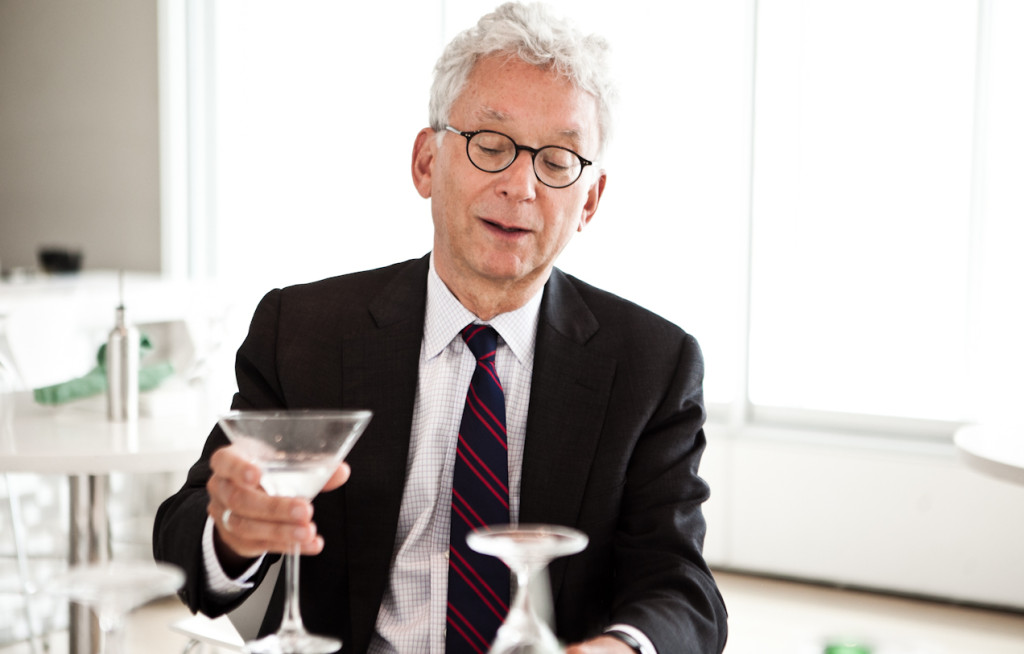
What was the last fun party you went to?
I was at a party in Amsterdam last week and they had the idea to bring out a blank canvas and everyone was given paints. There were about eight of us so you’ve got all of these people around the canvas and everyone is painting their bit with the expectation that finally all of these bits will relate into something. It was a cool idea. It’s not that I had any skill but when you actually take this intense blue and plop it onto the canvas there’s something wonderful about just applying the color. I recently found that out with watercolors. One of my friends in New York had said, “You know, you really have to do something to relax,” so she gave me watercolors and I’ve been taking watercolor classes. There’s just something about the moment when you dip the wet brush into the color and touch it to the paper, the way it bleeds is pretty beautiful. Nothing comes of it but just watching that color spread can be magical.
Is there one thing in particular that’s still at the top of your bucket list?
One of the great things about this new position at the Art Institute is that I do a lot of traveling for work. Most of the work I have done in the past was always very project-based about European artists so I traveled a lot to Amsterdam, Paris, Berlin and London but one thing I had not done is traveled to other parts of the world. Now that I’m responsible for the entire museum with its encyclopedic collections I’m really enjoying making new connections. Last year was my first trip to India, November is my first time to China, October is my first trip to Israel and January is my first trip to the Middle East so it’s really exciting. Travel is one of my greatest passions.
Of all the places you’ve traveled to, which city do you hold the closest to you?
I love going back to Paris. I lived in Paris for a year so I have a soft spot for Paris. It’s the city where once you get there, even though you know it, it’s like being familiar with someone but when you see them again you still think, “Oh my God, this person is pretty wonderful.” The same thing happens with Paris. Every time I think I know it, there’s still this rush that comes over me when I get off and cross the Seine and go to the Louvre. It’s just fabulous.
If you could have a drink with anyone, who would it be?
I thought of this earlier because I had seen what you did with Tony Mantuano. Right now, who would I choose? It’s difficult because it could be personal, it could be professional. I went through the roster. I thought, “Is it Vincent van Gogh? Oh no, I know him too well. Is it [Paul] Gauguin? No, he’s not a nice man! Is it [Pablo] Picasso? That could be interesting.” Right now because I’ve been reading Hilary Mantel I’d like to have a drink with someone from the court of Henry VIII or a drink with Anne Boleyn, if she would tell the truth! If she tells the truth, a drink with Anne Boleyn would be fascinating.
Did you enjoy this feature? Subscribe to our newsletter and never miss a drink, we promise we’ll never spam you!

